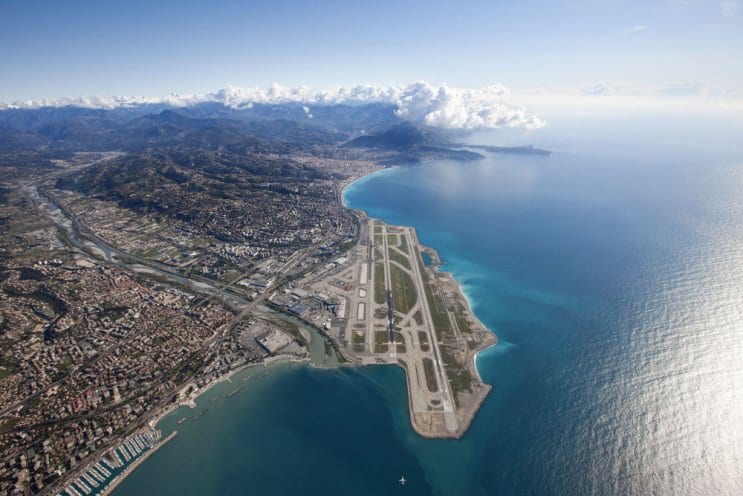Landings at Nice Côte d’Azur airport are set to become a lot softer thanks to the acquisition of a super-powerful lidar to detect sudden episodes of windshear, a first for any European airport.
Nice airport’s proximity to the sea, mountains and plains of the Var make it a prime locale for sudden variations in wind direction, also known as wind shear. This phenomenon can make difficulties for pilots, especially during landing phases.
Now, the airport is benefitting from one of the world’s most powerful Doppler lidars in Europe. Acquired by Météo France and built by Japanese manufacturer Mitsubishi Electric Corporation, this new equipment compliments the observation systems currently in place and will make for safer journeys all around.
“We warmly thank Météo France for having acquired and implemented this lidar, which strengthens the safety of aircraft and their crews, and passenger comfort in the service of the performance of our Nice platform,” said Franck Goldnadel, Chairman of the Management Board of the Airports of the Côte d’Azur.
Lidar, which stands for Light Detection and Ranging, is a remote sensing method that uses light in the form of a pulsed laser to measure variable distances to the Earth. A lidar is effective even in dry weather, whereas a x-band radar, the equipment used prior to the arrival of the lidar, is effective only in wet conditions as it uses raindrops and clouds to sense the patterns.
The lidar works using aerosols suspended in the atmosphere’s lower layers to measure wind by Doppler effect to follow movements. This allows forecasters to predict wind shear and its close cousin, turbulence, up to 10 minutes in advance. This allows pilots to anticipate the coming conditions and adjust during crucial take-off and landing phases.
Several airports are using the Mitsubishi lidar, notably in Southeast Asia and Japan, and Nice is the first in Europe to have access to it.
Photo source: Pixabay
Nice airport first in EU to use wind-shear detecting radar
